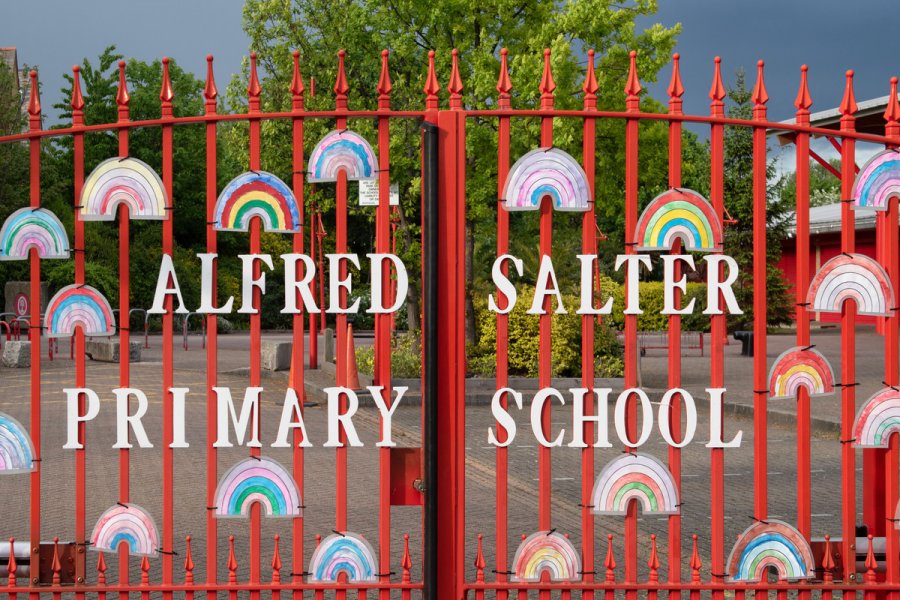The impact of reopening schools on SARS-CoV-2 transmission in England
15 February 2021 London School of Hygiene & Tropical Medicine London School of Hygiene & Tropical Medicine https://lshtm.ac.uk/themes/custom/lshtm/images/lshtm-logo-black.png
Fully reopening schools could push the reproduction number (R) of SARS-CoV-2 in England above 1.0, potentially putting an end to the decline in new cases, suggests a new pre-print.
The modelling study, not yet peer-reviewed, was conducted by researchers at the London School of Hygiene & Tropical Medicine (LSHTM).
Schools present more opportunities for the virus to be transmitted so are an important consideration when looking at the spread of COVID-19. In January 2021, the Government in England announced the closure of primary and secondary schools as part of the country’s third national lockdown. However, there are concerns about the potentially damaging impact closures may have on students’ academic development and general wellbeing. To date, the evidence on how effective school closures have been in curbing the spread of the virus remains unclear.
Previous studies suggest children may be less likely than adults to be infected upon given exposure to the virus, and may differ in their infectiousness too. To account for these differences, the team applied various scenarios of how susceptible and infectious school-aged children were compared with adults.
The study used data collected from the CoMix study, measuring children and adults’ social contacts during the November 2020 and January 2021 lockdowns, examining how this behaviour changed with the closure of schools. This was combined with different estimates of how likely children’s susceptibility - how likely they are to be infected upon contact with an infected individual - and infectiousness - how easily they infect others.
Using official estimates of the current R number, the team estimated the possible increase in R upon opening schools. Across all estimates of children’s infectiousness and susceptibility, the effect of fully reopening schools saw R increase from an assumed baseline of 0.8 to between 1.1-1.5. Partial school reopening - primary or secondary schools only - resulted in lower increases. Dependent on children’s susceptibility and infectiousness, partial school reopening could see R increase to between 0.9-1.2.
James Munday from LSHTM’s Centre for the Mathematical Modelling of Infectious Diseases said: “These findings offer crucial insights to support decisions about whether, and how, schools should reopen. An R number greater than 1.0 - as some of the estimates in this research predict - signals that the epidemic would begin to grow and that cases are likely to increase.”
The researchers emphasise it is important to remember that these estimates will shift based on changes in other factors that affect the R number. Furthermore, our understanding of children’s susceptibility and infectiousness as compared to adults is still evolving and more precise estimates are needed. The situation is likely to change further as we learn more about the new variants of COVID19 and their patterns of transmission.
***This research is a pre-print and has not been peer-reviewed***
Publication
James D Munday et al. Estimating the impact of reopening schools on the reproduction number of SARS-CoV-2 in England, using weekly contact survey data. Pre-print: https://cmmid.github.io/topics/covid19/comix-schools.html?678
LSHTM's short courses provide opportunities to study specialised topics across a broad range of public and global health fields. From AMR to vaccines, travel medicine to clinical trials, and modelling to malaria, refresh your skills and join one of our short courses today.